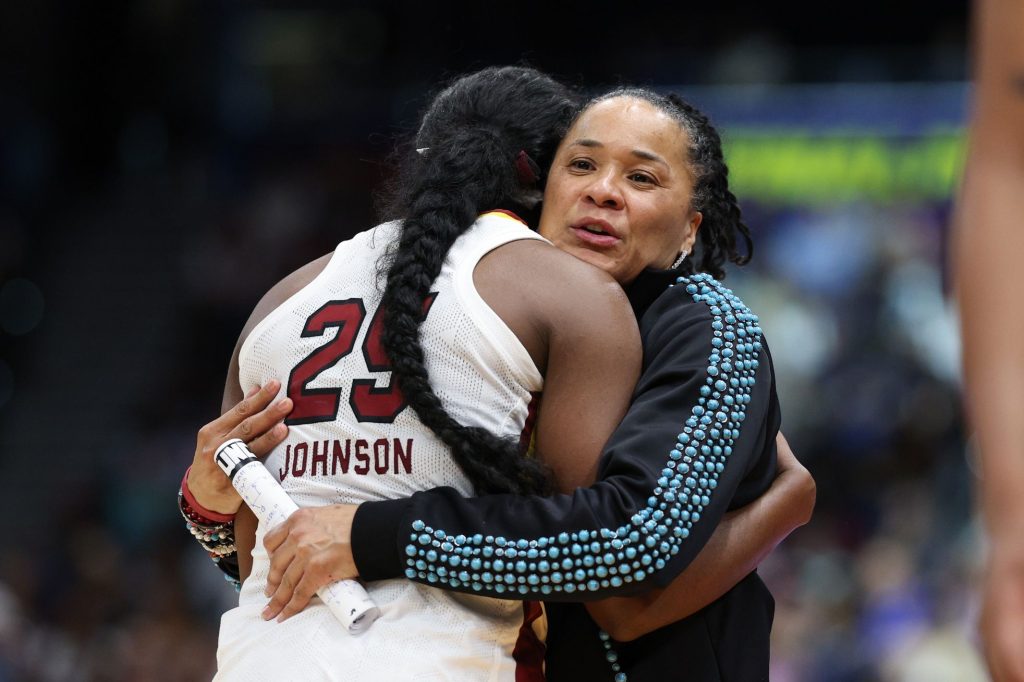Dawn Staley has been guiding South Carolina women’s basketball through the evolving landscape of college sports, and the NIL era is presenting new challenges. The stakes are high, financial conversations are public, and team dynamics can become complicated. The pivotal issue isn’t whether players should be compensated but how coaches can maintain team cohesion when everyone is aware of their financial value.
How Is Dawn Staley Balancing NIL Growth With Team Dynamics?
Head coach Dawn Staley has acknowledged the complexities of NIL while embracing its potential, as she discussed during a podcast with former First Lady Michelle Obama on August 13. She views the changes as essential progress that still requires a framework to safeguard the integrity of college sports and sustain her team’s culture.
“I’m very much in favor of it; it’s about time,” Staley stated in her podcast discussion. However, she remarked, “It can feel unrestrained as well; we need to strike a balance that preserves the amateur spirit while enabling athletes to profit from their name, image, and likeness.”
Why Is Staley Advocating for Clear Rules on Agents and NDAs?
Staley mentioned that the NIL era hasn’t caused friction within her team because she actively separates business from team camaraderie. She centralizes discussions with agents and sets clear expectations, allowing players to focus on basketball while understanding the limits surrounding discussions about compensation.
“I handle all communications with the agents, and I make sure players sign NDAs regarding their earnings,” she explained. This safeguards sensitive information, promoting a professional environment amid competitive settings where contracts and endorsements are involved.
What Does Staley’s Agent-First Strategy Look Like in Action?
This strategy involves collaborating closely with agents, some of whom represent multiple South Carolina players, facilitating smoother expectations across the roster. This alignment creates a single communication channel for feedback, helping to manage issues that might arise within the team context.
“I communicate my messages to the agents, who usually handle things well because they face similar challenges,” she said. “If they secure a deal for one player, it sets a standard that they navigate carefully for other clients.”
How Is South Carolina Addressing Revenue and Recruitment in the NIL Era?
Although South Carolina hasn’t publicly shared a revenue distribution plan, Staley discussed her views on how funds might be allocated among major sports and other teams. She presented a nuanced understanding and emphasized the importance of clarity with her team regarding expectations rather than making unachievable promises.
Staley estimated that schools might earn “around $20 million per institution, mainly from football and men’s basketball, with possible allocations for women’s basketball and other Olympic sports.” She noted that the market can be tricky, especially in recruitment, where discussions can accelerate rapidly once financial figures are revealed.
“If a non-contributing player enters the portal, they might demand $100,000 from schools like ours,” she explained. “If I entertain that, they could leverage it against other schools, asking for even more based on offers.” Staley clarified that the Gamecocks maintain a fixed budget and do not overpromise but look for “innovative opportunities” to support players within the NIL framework to ensure transparency and organization in their approach.



